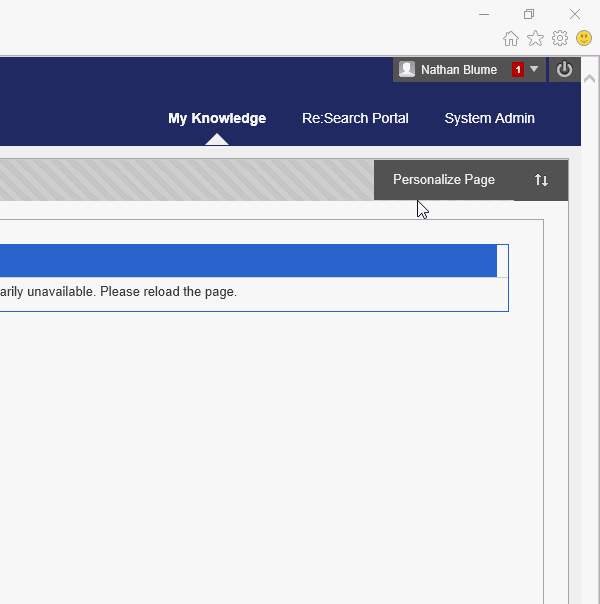Assessment helps faculty members evaluate student understanding of course material. Tests in particular can provide a way of measuring student performance, and enhance the overall effectiveness of your course. The Assessment section of your Blackboard course site in the Content area allows you to create three different types of student assessment: Test, Surveys, and Assignments.
This tutorial will focus on the basics of test creation. While tests are held in a Test Manager portion of your course site, individual tests are deployed in a Content Area and managed there. A column associated with the test displays automatically in the course Grade Center. Because of this, it is beneficial to review all aspects of assessment in order to obtain a complete understanding of the value this feature can provide.
See the tutorial on Deploying Tests and Surveys for further information on test creation.
Note: View and grade submitted tests in the Grade Center.
Follow these steps to create a Test:
1. In the Control Panel Box, click on Course Tools. Then click the Tests, Surveys, and Pools link.

2. Click Tests.

3. Click Build Test.

4. Enter a name for your test, and add a description and instructions in the boxes provided on the page that follows.
- If you have already created your test, please see the tutorial on “Deploying the Test” for more information.

5. Click Submit. You are now ready to create questions for the test!
Follow these steps to create Questions for your test:
1. Navigate to the Test Canvas screen. You will automatically see this once you have clicked the Submit button after creating a test or you can navigate to it using the instructions in the section on Editing an Existing Test below.
2. Select a question type from the Create Question drop-down menu.

3. Type your question text and add the answer selections (if needed) to create a question.
4. Select the appropriate question options and add question feedback if you would like to use that feature.
5. If you are planning on reusing the question in another test and want a way to reference it later you can add a category, topic, or keyword. You can also mark the level of difficulty. Click Add, type in the category, topic, level or keyword, and click Submit to do this.

6. If you would like to create another question of a similar type click Submit and Create Another. When you are completely finished with that type of question click Submit.

7. On the Test Canvas screen, type in the point value for the question.

8. Repeat steps 2 through 7 until you have finished adding questions.
How to Edit an Existing Test
1. In the Control Panel Box, Click on Course Tools. Then click on the Tests, Surveys, and Pools link.
2. Click on the Tests link.
3. Click the down arrow next to the test you’d like to modify. You need to hover over the name of the test for this down arrow to appear.

4. Click Edit.

NOTE: Do not attempt to make question changes to the test if it is already deployed.
Test Manager
Tests created in Blackboard are held in a section of the course called the Test Manager (accessed through the Course Tools section of the Control Panel). When a Test or Survey is deleted from a Content Area, it is still available for future editing, deployment, export, or removal from the system within the Test Manager.
NOTE: Blackboard recommends that an Assessment first be made Unavailable before considering deleting it from a Content Area.
For more information on creating and using tests, surveys, and pools, please see the corresponding tutorials for each topic.



















